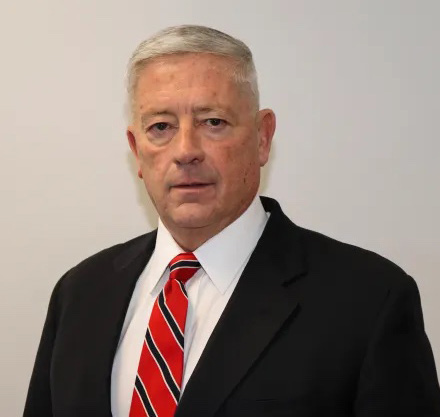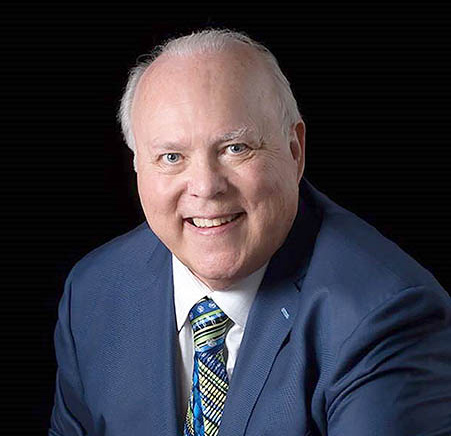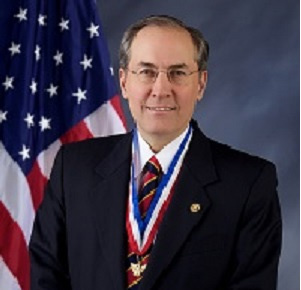Venturing’s three levels of adventure are designed to challenge and engage crew members to experience adventure. Each level provides crew members with opportunity for leadership, personal growth, and skill development. While Tier I activities are fairly basic, they provide a preparation for the greater challenges and opportunities involved in Tier II and Tier III activities. A well-balanced crew activity program will include activities and adventures in all tiers.
Tier I Adventure
- Very little preparation, planning, or prior skill development needed.
- Less than one day duration (not overnight).
- Not far outside comfort zone.
- Typically, these adventures are good crew fun or recruiting activities and easily accommodate guests.
- Examples include bowling night, watch-and-learn STEM night, a trip to a natural history museum, and a climbing wall activity.
- Tier I adventures may be stepping stones that lead to implementing a Tier II or Tier III adventure.
Tier II Adventure
- Some planning, preparation, and possibly skill development is required.
- Less than four days duration.
- Outside the standard range of activities.
- Examples include organizing and running a Special Olympics event, staging a music and dance event for a nursing home, a weekend canoe trip or camping trip, and a three-day crew road rally.
- Tier II adventures can serve as shakedown events that lead to Tier III adventure.
**The Pathfinder Award requirements call for you to work with an experienced Venturer serving as a mentor to you as you lead a Tier II or Tier III adventure. In some cases, especially in new crews, an experienced Venturer may not be available. If this is the case, an experienced Venturer from another crew or the crew Advisor may serve as an adventure mentor. **

Tier III Adventure
- Extensive planning, preparation, and prior skill development required.
- At least four days duration; mentally and physically challenging.
- Tier III adventures are highlights of the program year and may take place once or twice annually. Your crew will invest considerable time and energy in preparing and carrying out a Tier III adventure.
- Examples include a 50-mile backpacking trip, planning and directing a science-themed Cub Scout day camp, taking a trip to a week-long arts festival, planning a New York City museum tour, organizing a sports camp for disabled youth, and planning, organizing, and participating in an international Scouting event or programming at a BSA high-adventure base.
Your Advisor should be consulted to confirm the tier of adventure being implemented. He or she will have the final word, for example, as to whether a single-day organization-intensive activity meets the expectations for a Tier II or Tier III adventure.
The notion of tiers of adventure is designed to challenge you and the members of your crew to take on new challenges and provide you with experiences that you would not have otherwise encountered. The use of Tier II and Tier Ill adventures is important because of the degree of planning and preparation required to organize and carry them out. These adventures are real tests of your growth as a leader.
Differentiating Tier II from Tier III Adventures
The fundamental difference is in the level of preparation, planning, and gathering resources to carry out the adventure. Generally, a Tier ll adventure lasts from two to four days and a Tier Ill adventure lasts for four days or more. When an event of fewer than four days is considered a Tier Ill adventure, it should reflect these criteria:
- The planning needed to carry out a shorter event is comparable to that of a longer event.
- The preparation needed to implement the activity is similar to the preparation needed to implement a longer event.
- The opportunity to challenge the activity chair and the members of the crew is similar as to what would take place during an activity of longer duration.




